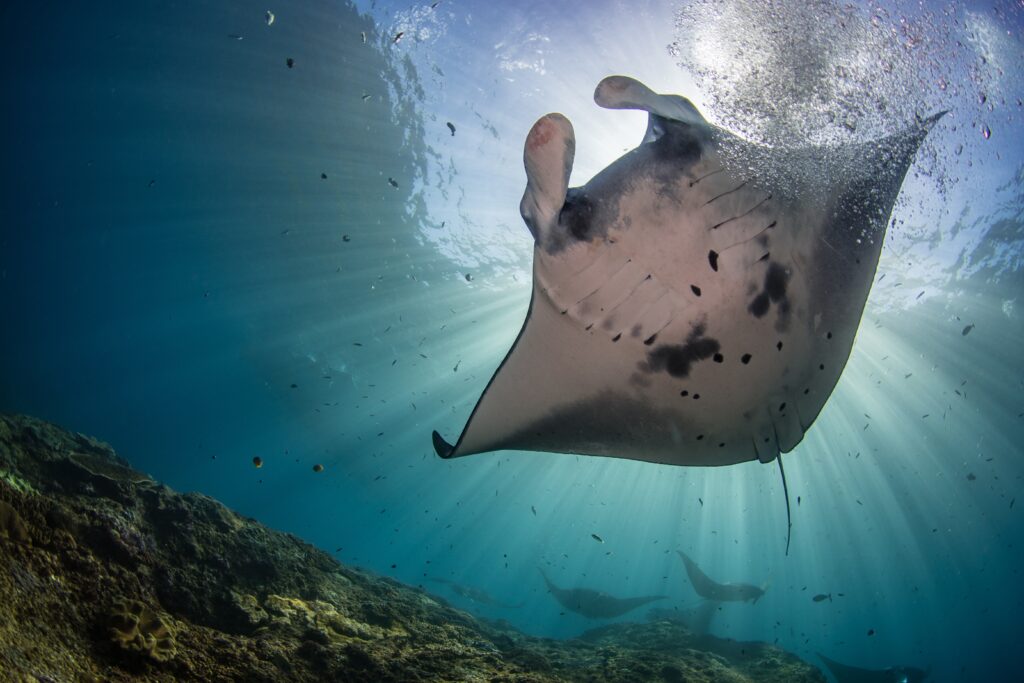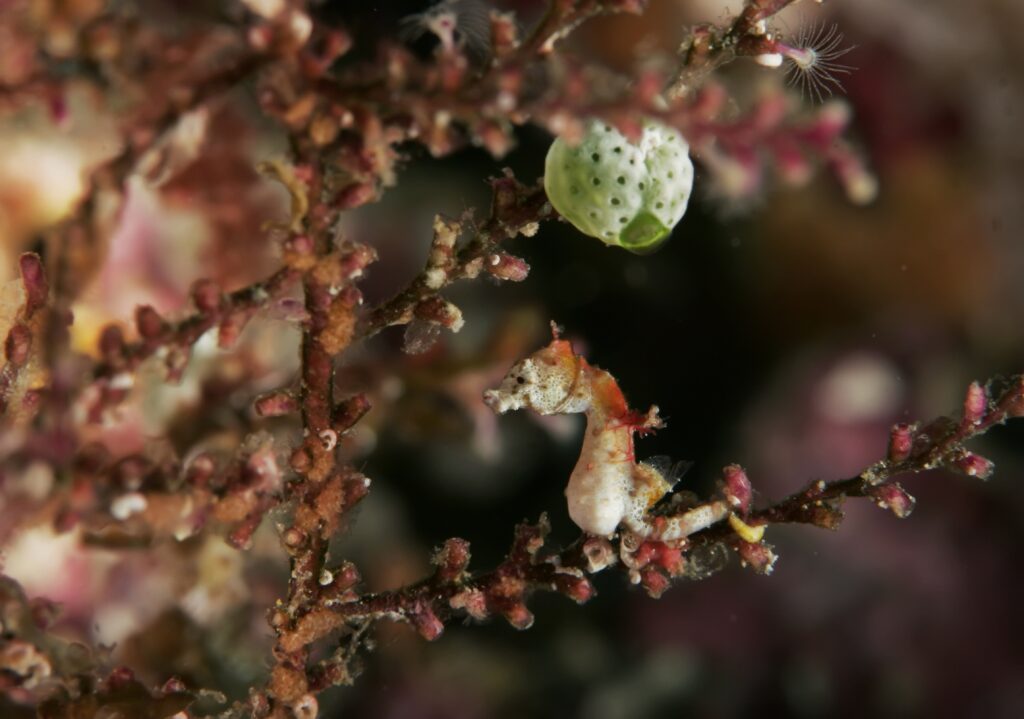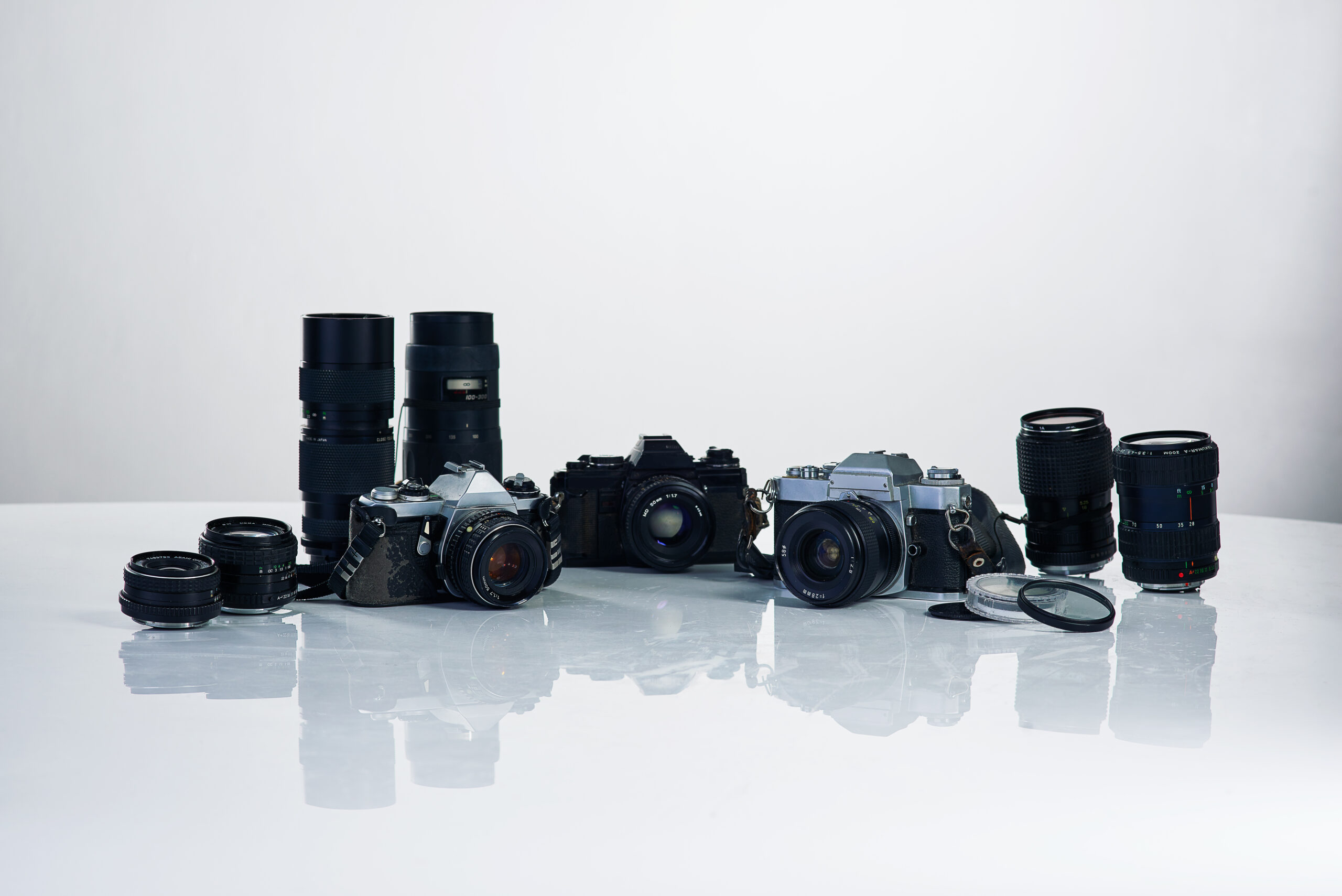Hello everyone! Are you excited to explore underwater photography? This article is for you! A key rule for underwater shooting is to get close to your subject! Why? Water is not as clear as air. It has particles that blur sharpness and contrast. These particles can also change colors. So, don’t rely too much on Zoom; instead, use your fins to get closer!
This is where lenses and accessories come in handy. The right lens setup can transform blurry shots into stunning masterpieces. Let’s dive into some exciting lens options!
1. Wide-Angle Lenses: “Capture the Whole Ocean in Your Frame!”
Most compact cameras have the greatest wide angle of 24mm, equal to a 40° field of view. This is fine on land, but underwater… it feels cramped! You’ll struggle to fit a shark or a massive shipwreck into your shot. That’s why wide-angle wet lenses exist!
Real-life example: Imagine diving in Bali and spotting a giant manta ray gliding past. Wouldn’t you want to capture the entire creature in one frame? If yes, then a wide-angle wet lens is a must-have!

How it works:
- A wide-angle wet lens screws onto your camera housing.
- It expands your field of view up to 165°, like a fisheye lens on land.
- You can attach or remove it underwater, making it super versatile!
2. Macro Lenses: “Tiny Details, Big Beauty”
The macro mode on compact cameras is useful, but there’s a catch: you have to get extremely close to your subject. This can scare away creatures and damage the surrounding environment (like fragile corals!). Instead of creeping in, use a macro wet lens!
Real-life example: You spot a tiny pygmy seahorse (the size of a fingernail!) camouflaged within the coral. If you rely on macro mode alone, you would have to get too close, potentially scaring it away. But with a macro lens, you can shoot from a distance while keeping all the intricate details!

How it works:
- A macro lens allows your camera to focus on close-up subjects from a safe distance.
- You can zoom in while keeping a comfortable shooting range.
- Don’t use both macro mode and a macro lens together, as it might blur the image.
- Macro lenses have various magnifications. The most common options are +5 and +10 diopters.
3. Mirrorless Cameras: Wet Lens System or Port Lens System?
If you’re using a mirrorless camera (especially Micro 4/3 systems), you have two choices:
- Use a wet lens system, like compact cameras.
- Use interchangeable lenses with dedicated ports—a pricier but higher quality option.
Tip: If you prefer flexibility, go for wet lenses. If you want the greatest image quality, invest in a port system.
4. Flash & Strobes: “Light is Everything!”
Your camera’s built-in flash doesn’t work well underwater. It’s too weak and causes backscatter. Backscatter is when tiny floating particles reflect light. The solution? External strobes!
Real-life example: You’re diving in a cave, and natural light is scarce. If you only use your camera’s flash, your photo will be dim and dull. But with a strobe, you can bring out vibrant colors and crisp details!

5. Sync Speeds & Continuous Light Sources
- Mirrorless and DSLR cameras have a flash sync speed limit of 1/250s.
- Compact cameras, using electronic shutters, can sync at much higher speeds.
- LED video lights are growing in popularity. They let you see the lighting effect before you take the shot.
Real-life example: Want to film glowing plankton at night? A video light helps you compose the perfect shot before you even press the shutter.
Final Thoughts: Choose the Right Tools for You!
Underwater, everything changes—lighting, colors, distances… That’s why choosing the right lenses and lighting is essential!
If you love wide shots: Get a wide-angle wet lens.
If you enjoy macro photography: A +5 or +10 macro lens is a great investment.
If you want sharp, clear images: Don’t forget an external strobe. If you shoot videos, an LED light provides significant benefits.
This guide should help you understand the best gear for underwater photography. Happy diving and shooting amazing underwater moments!
